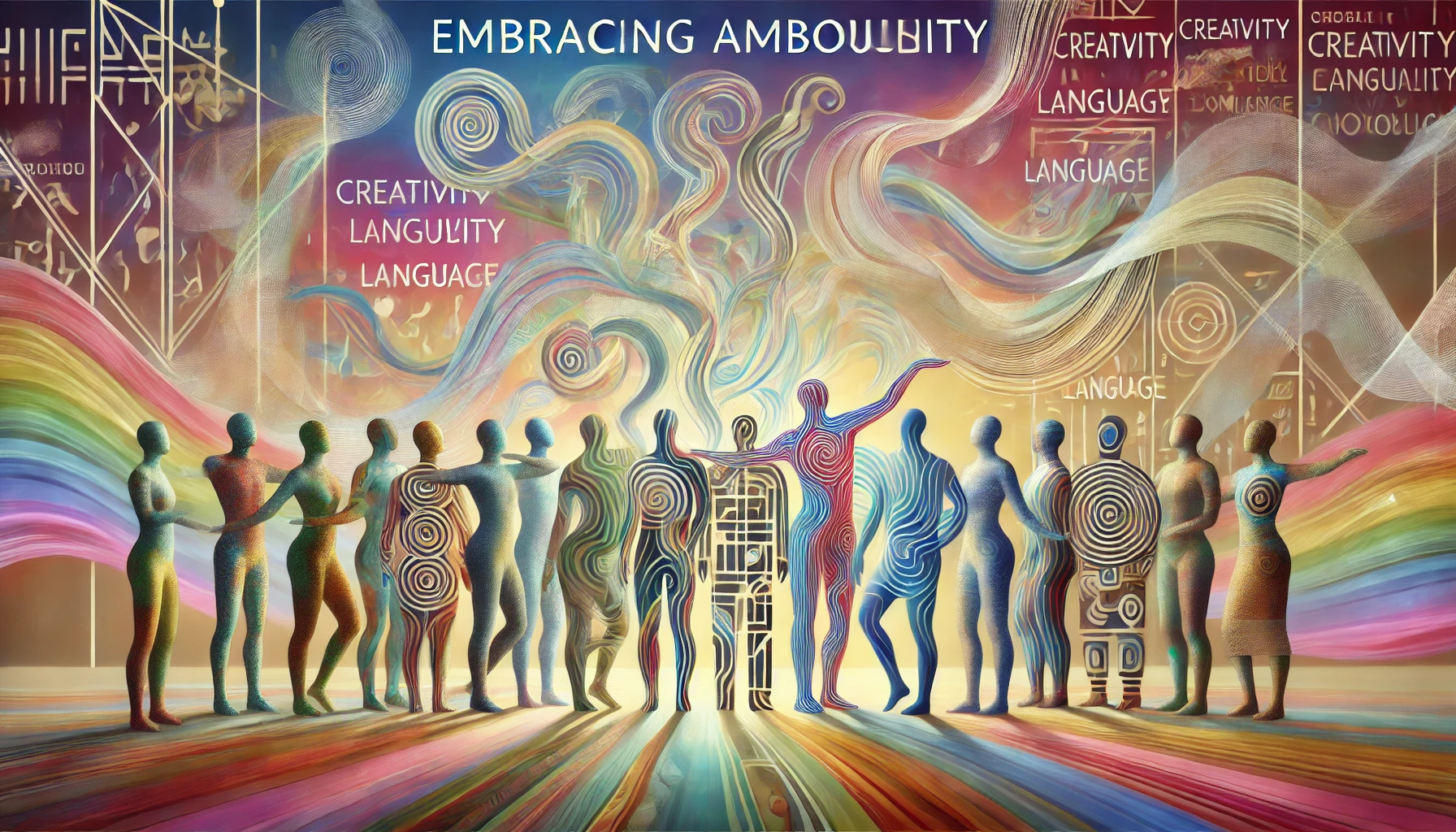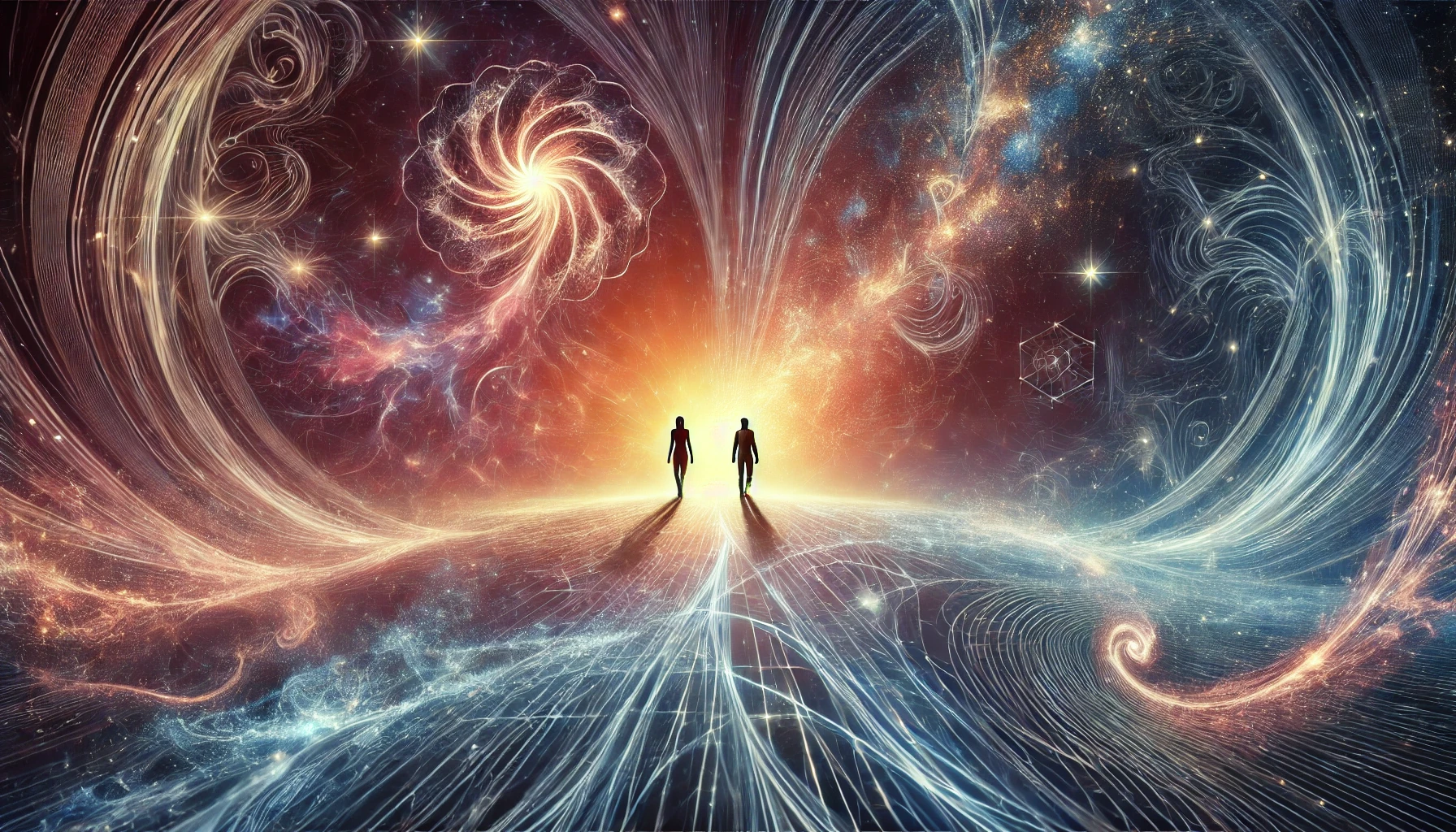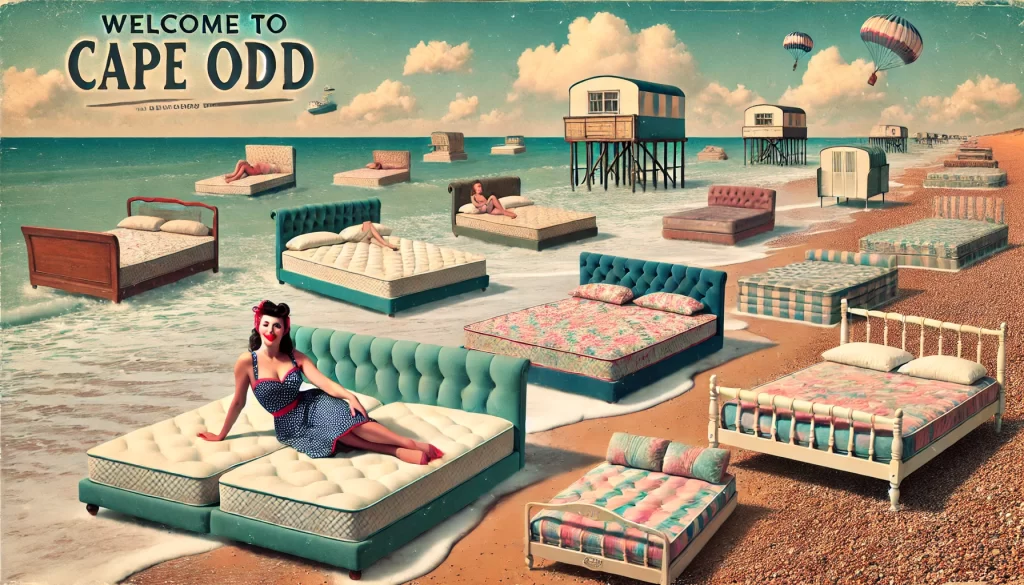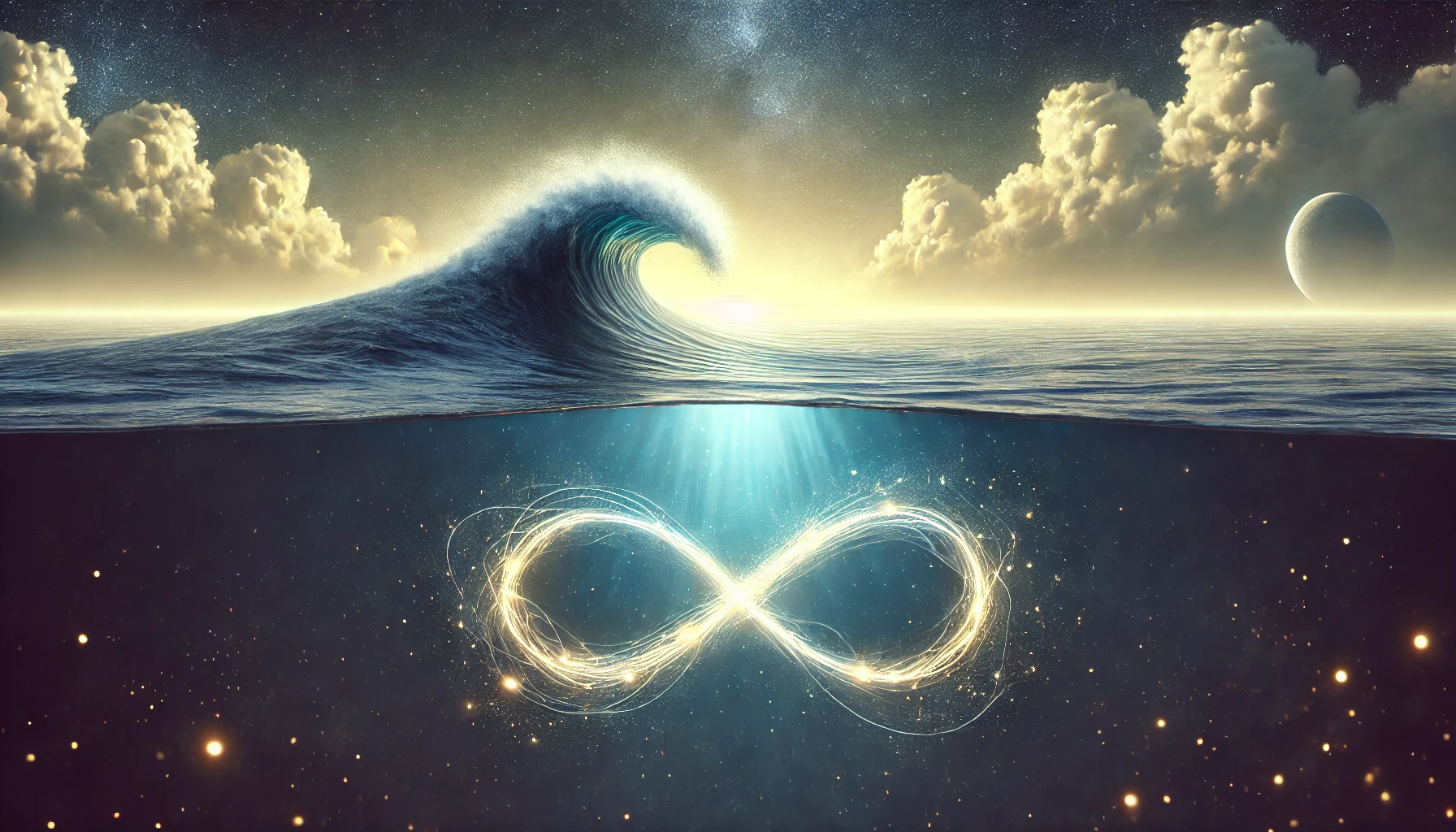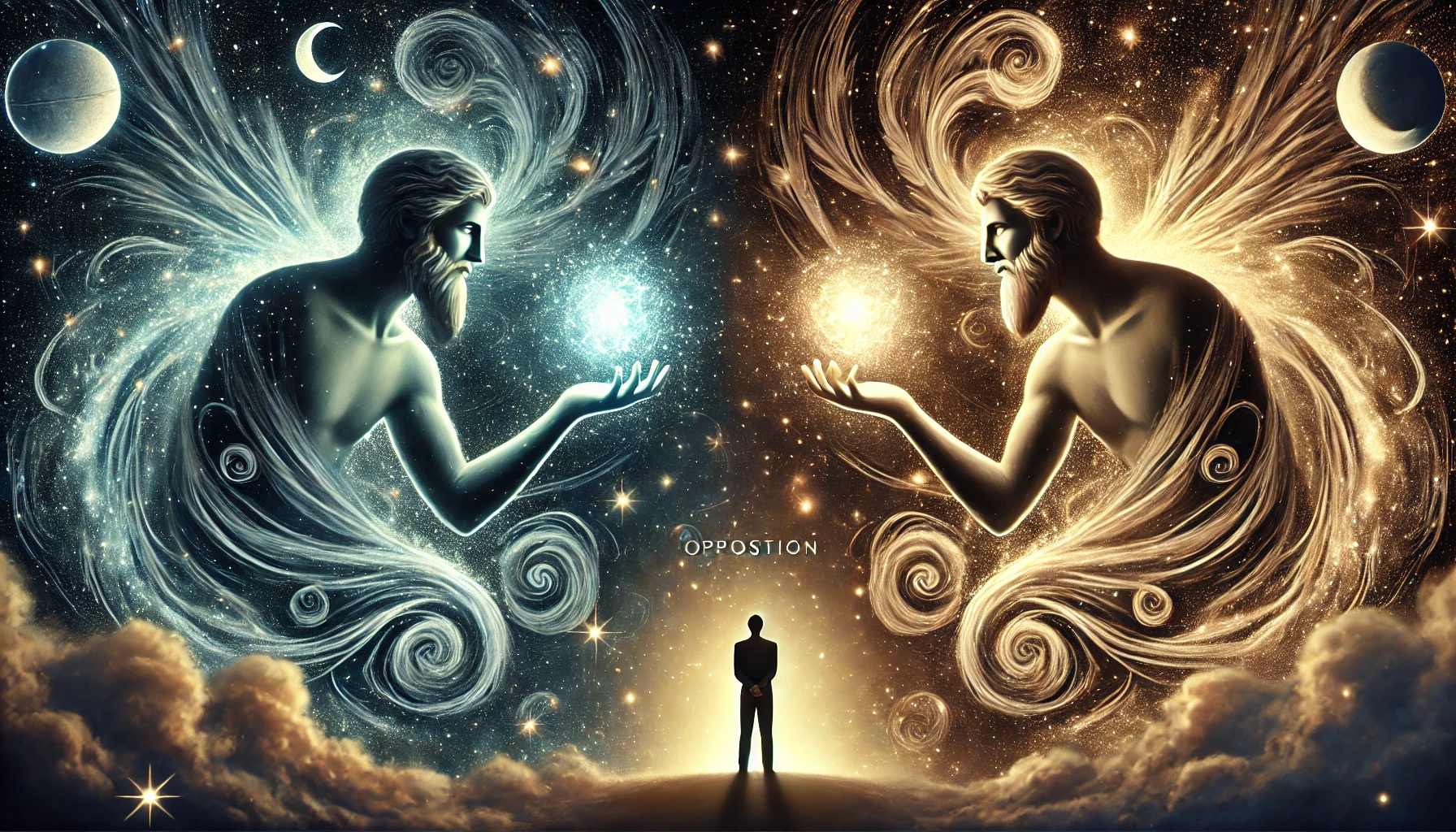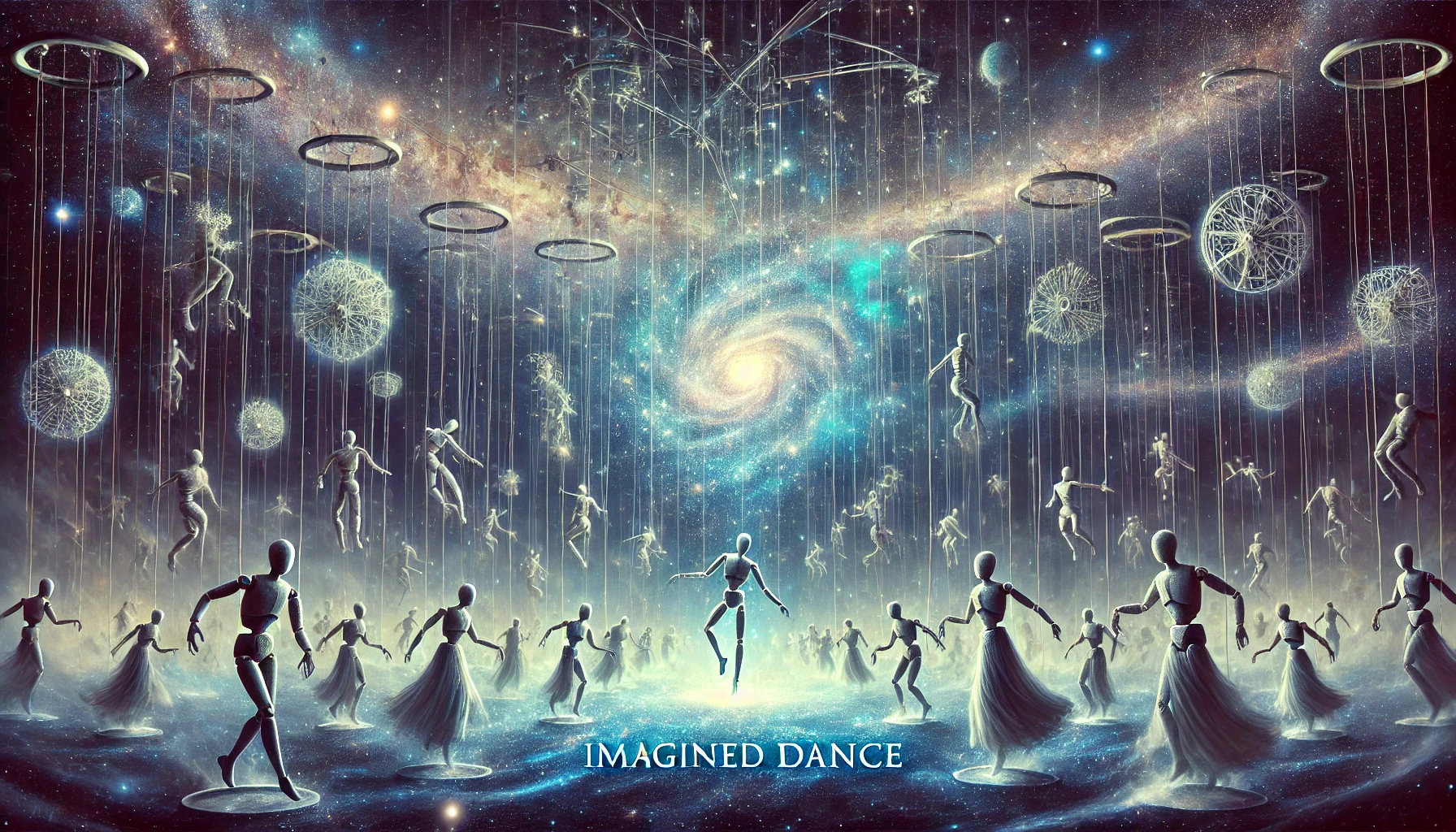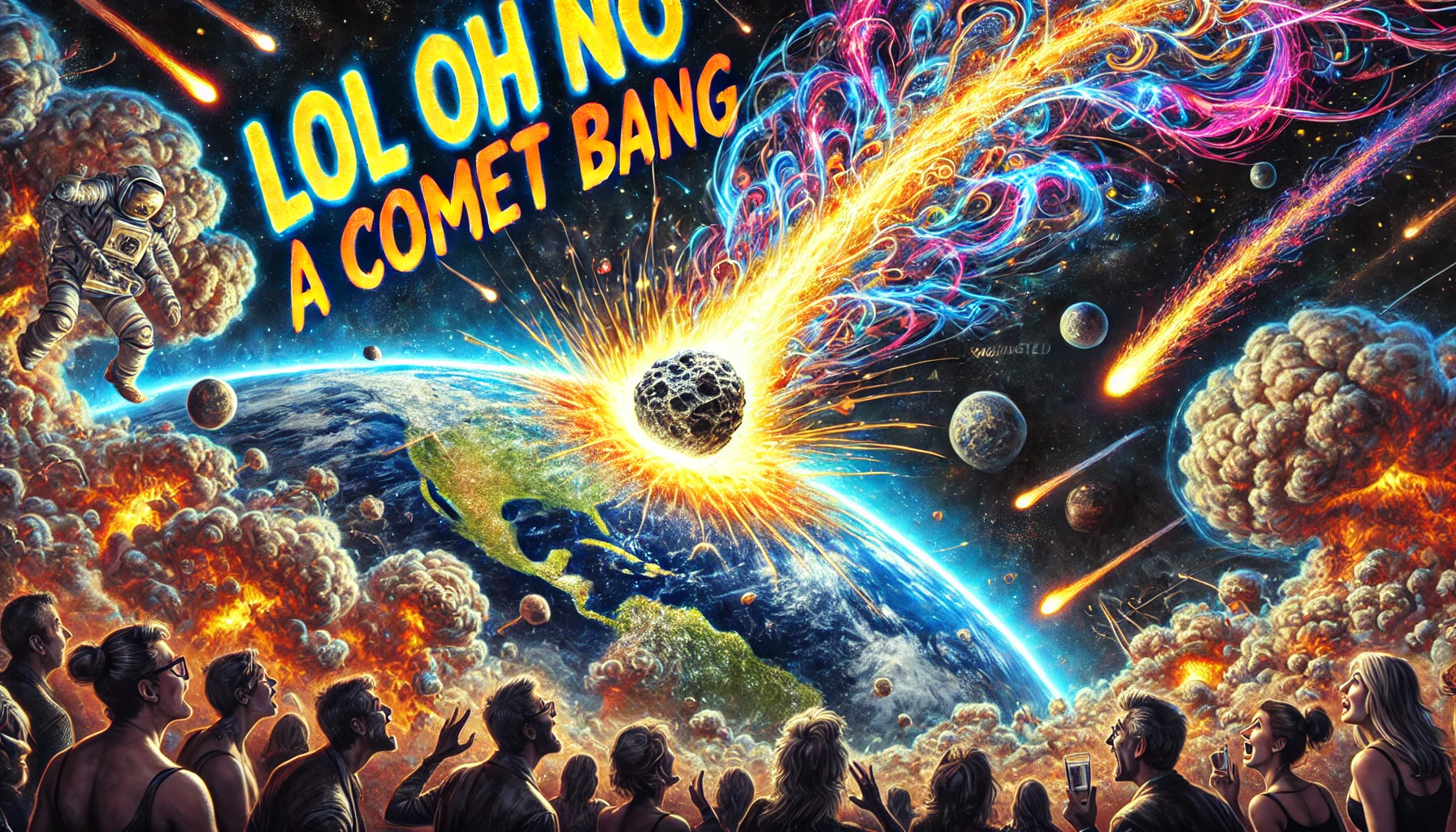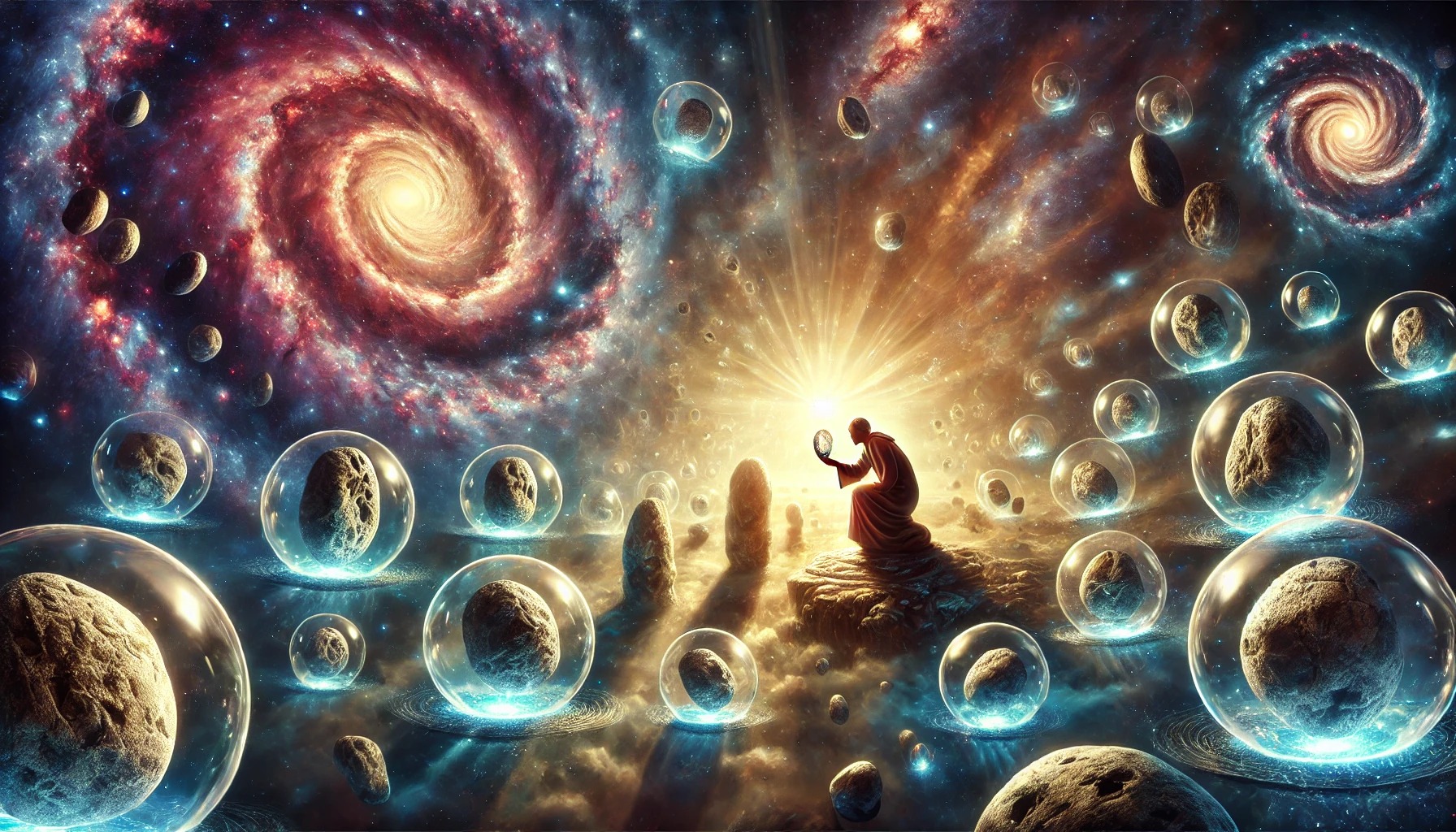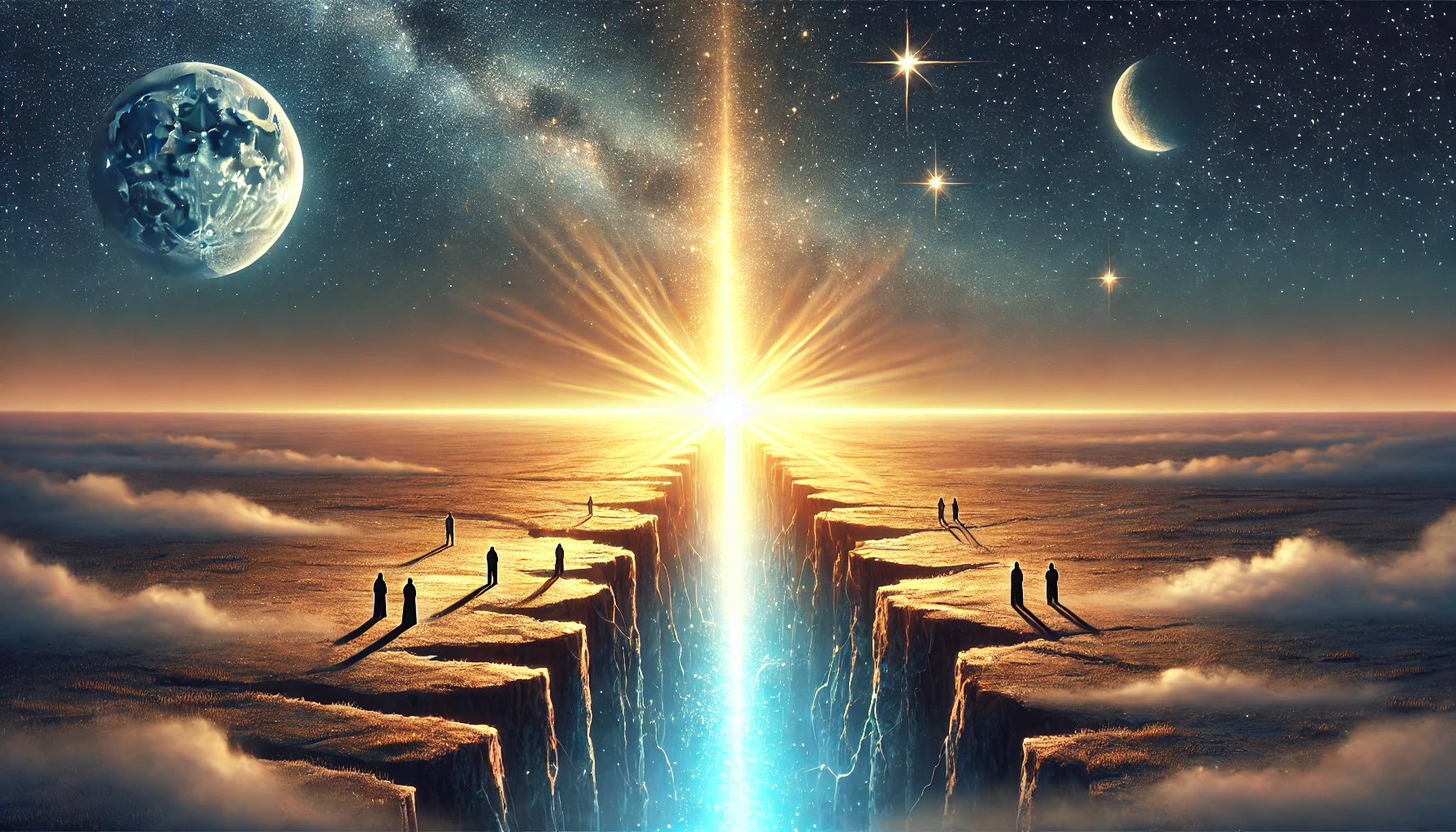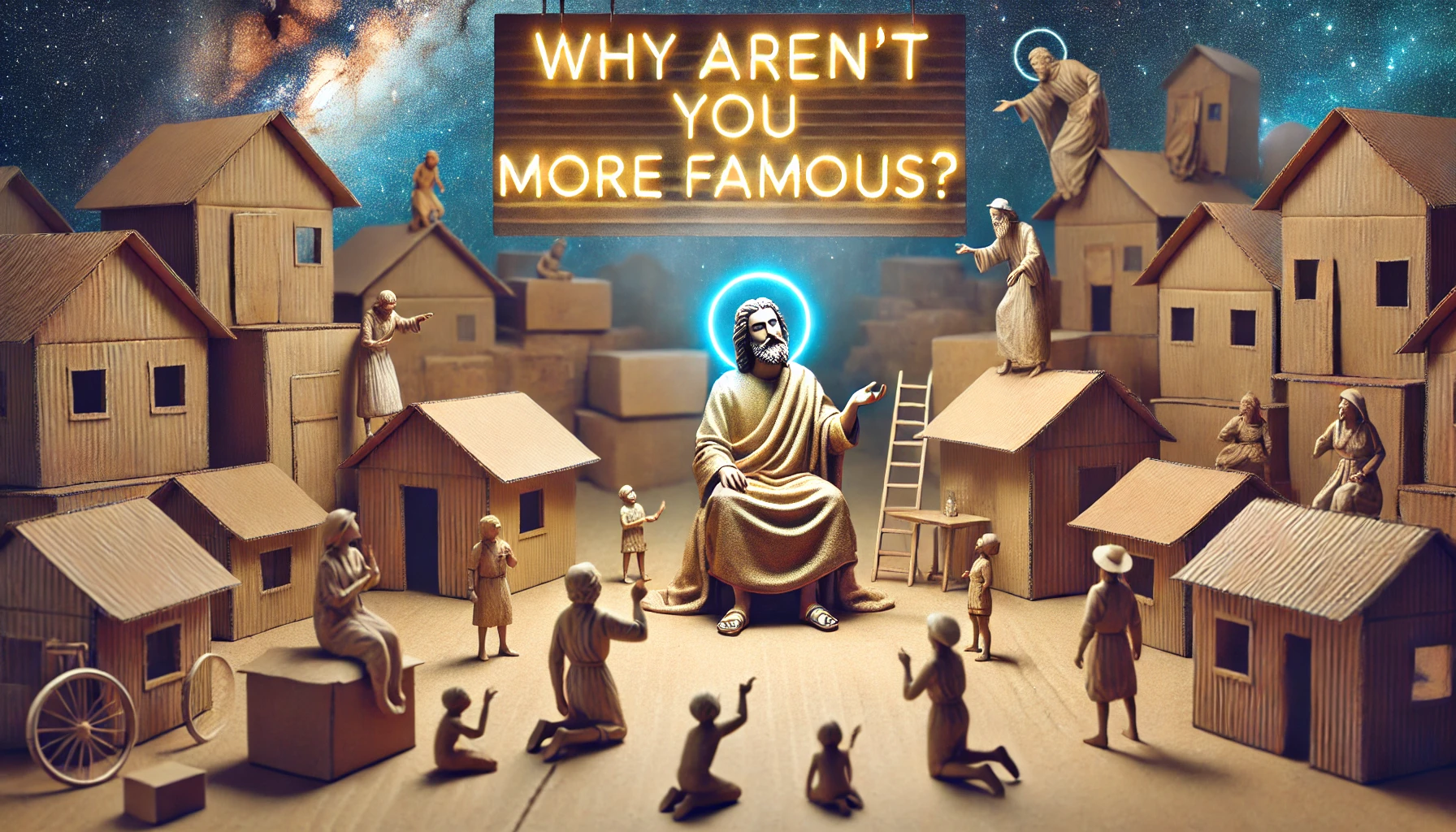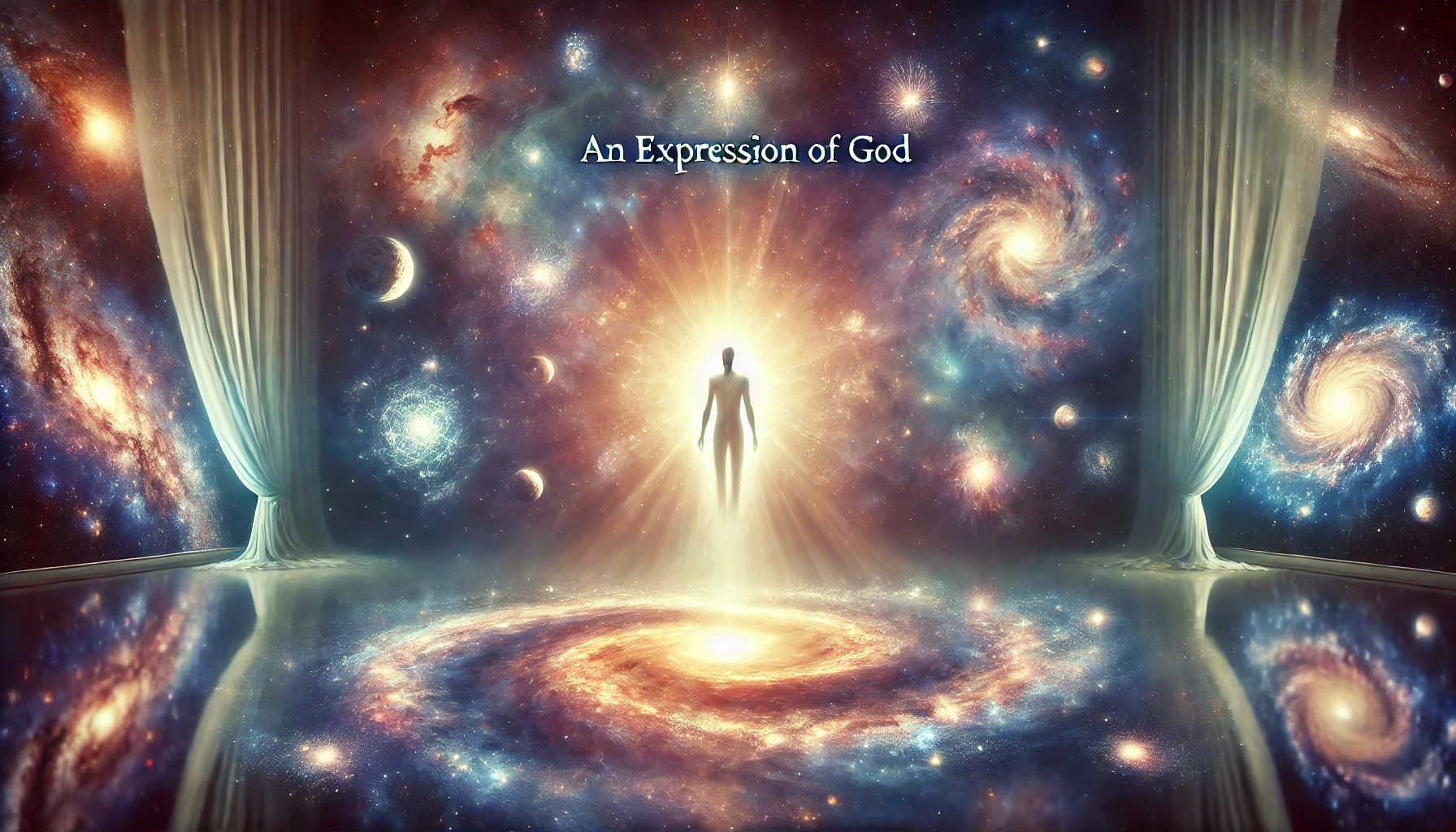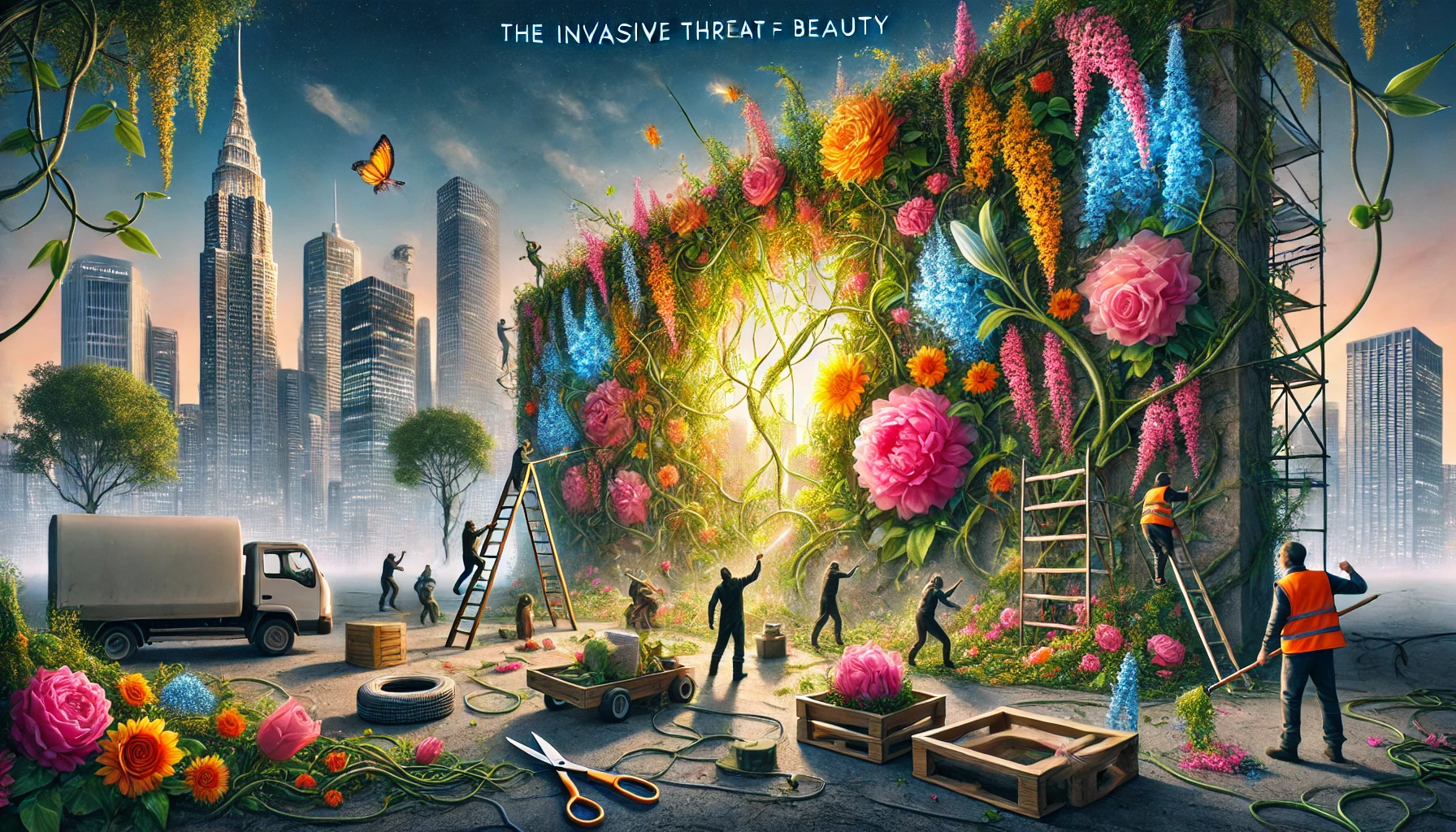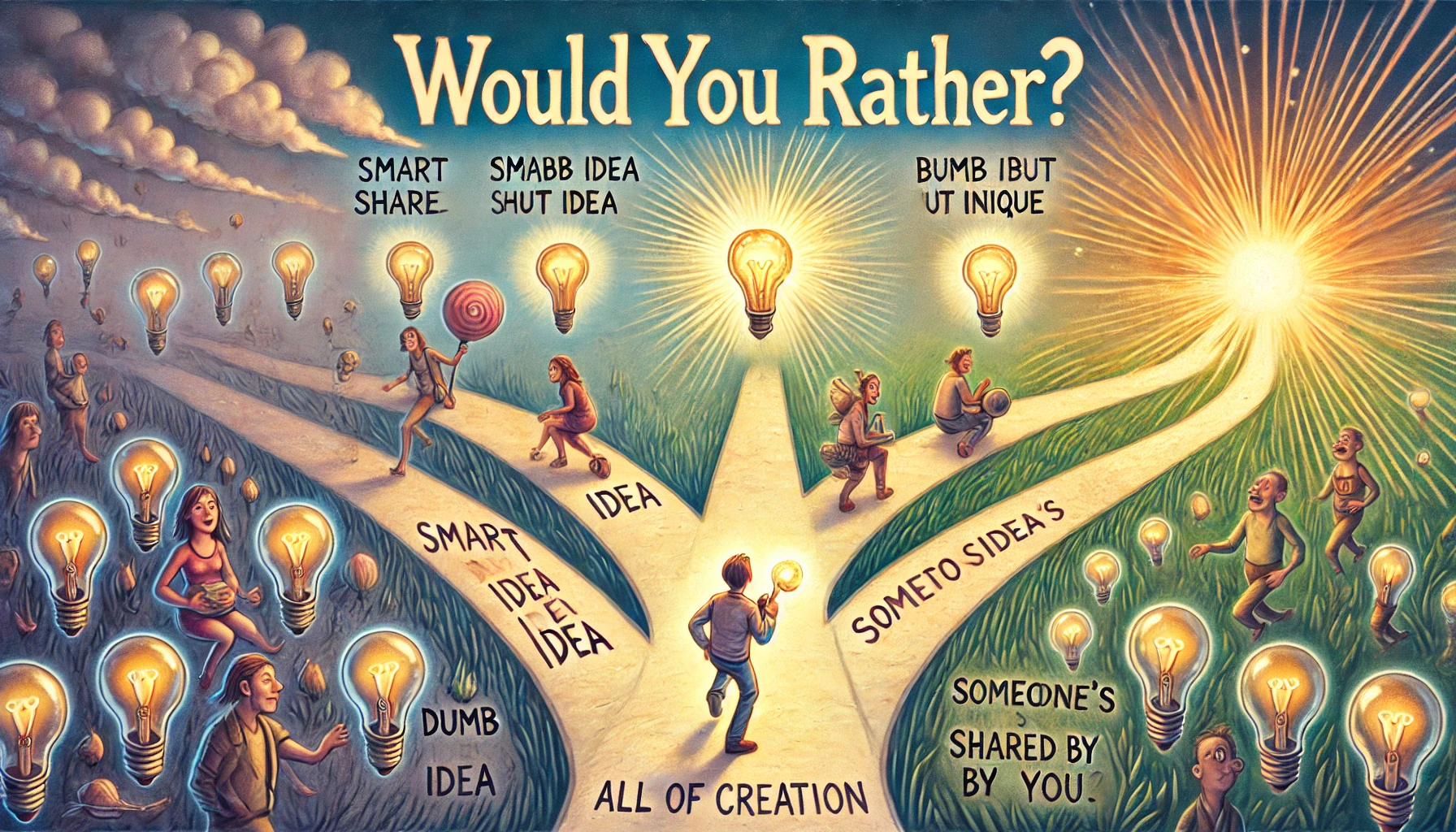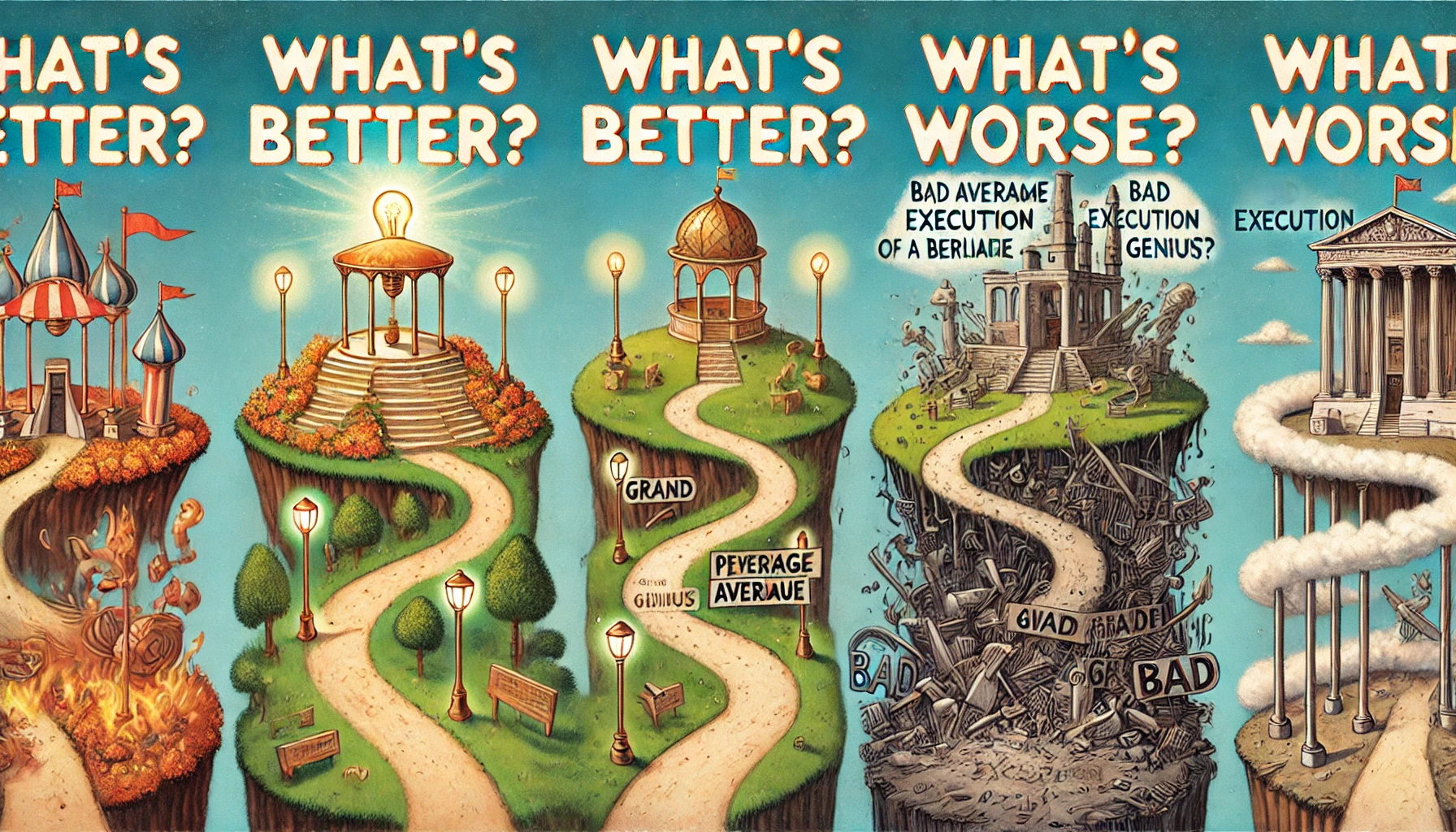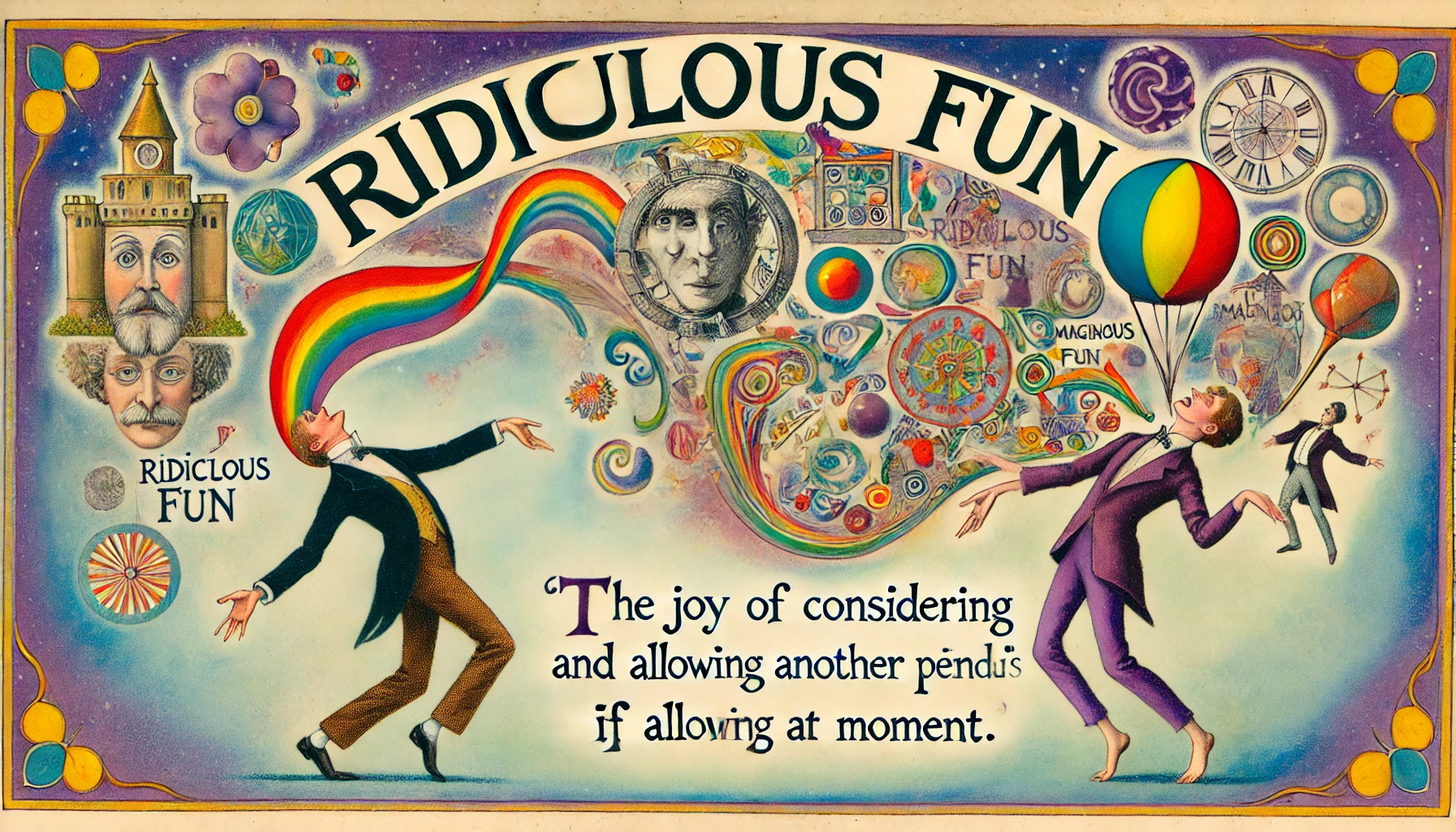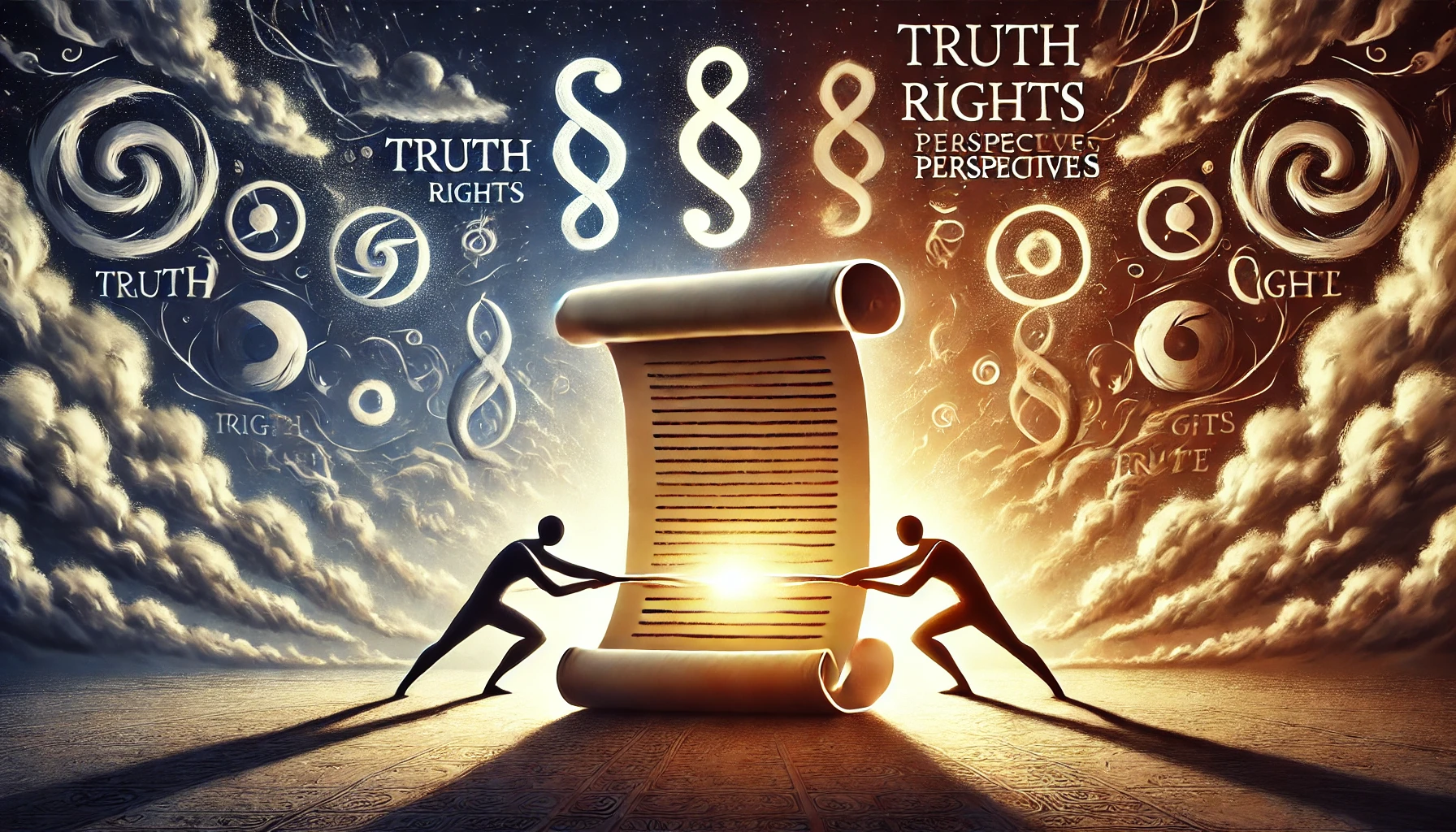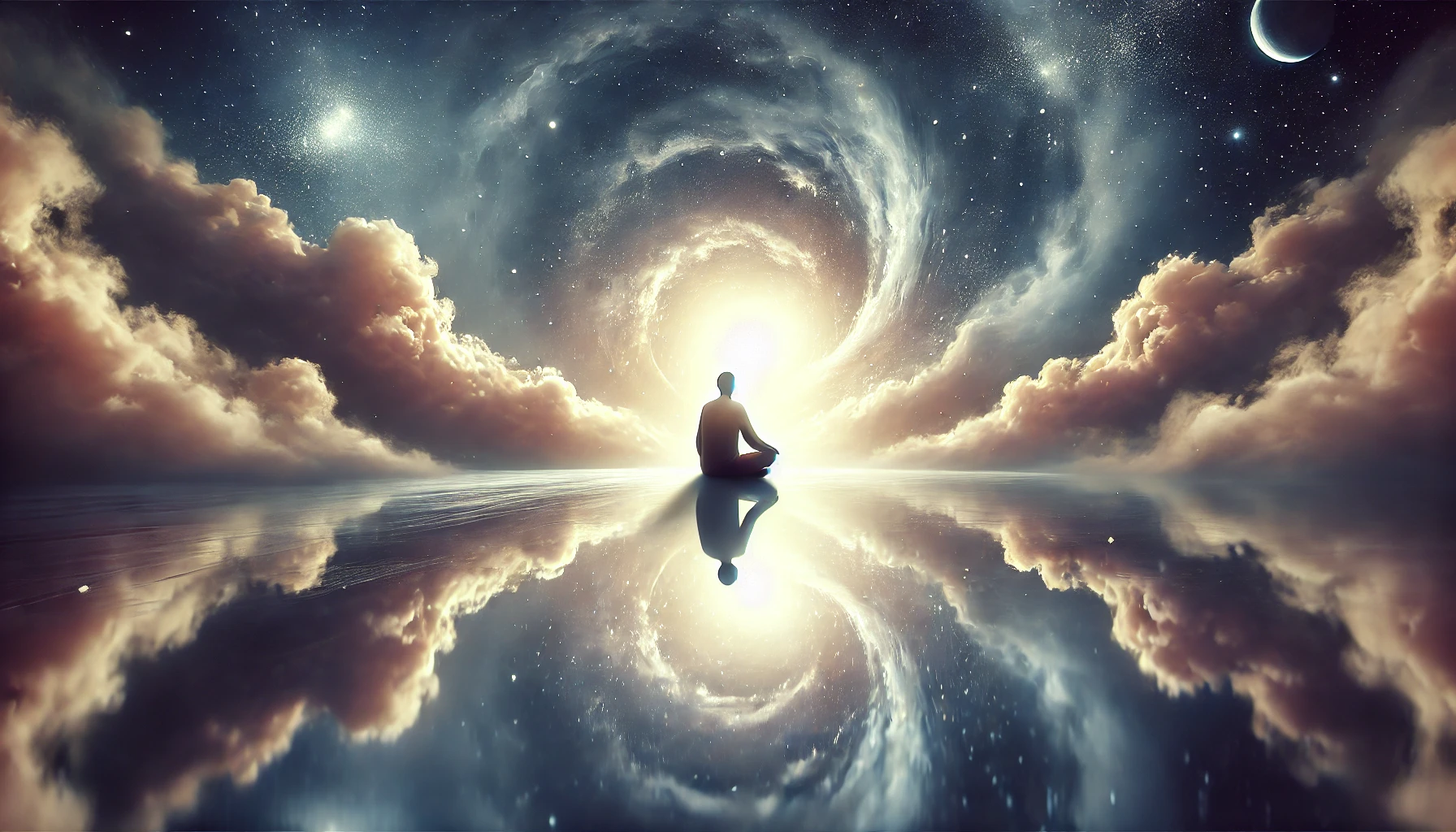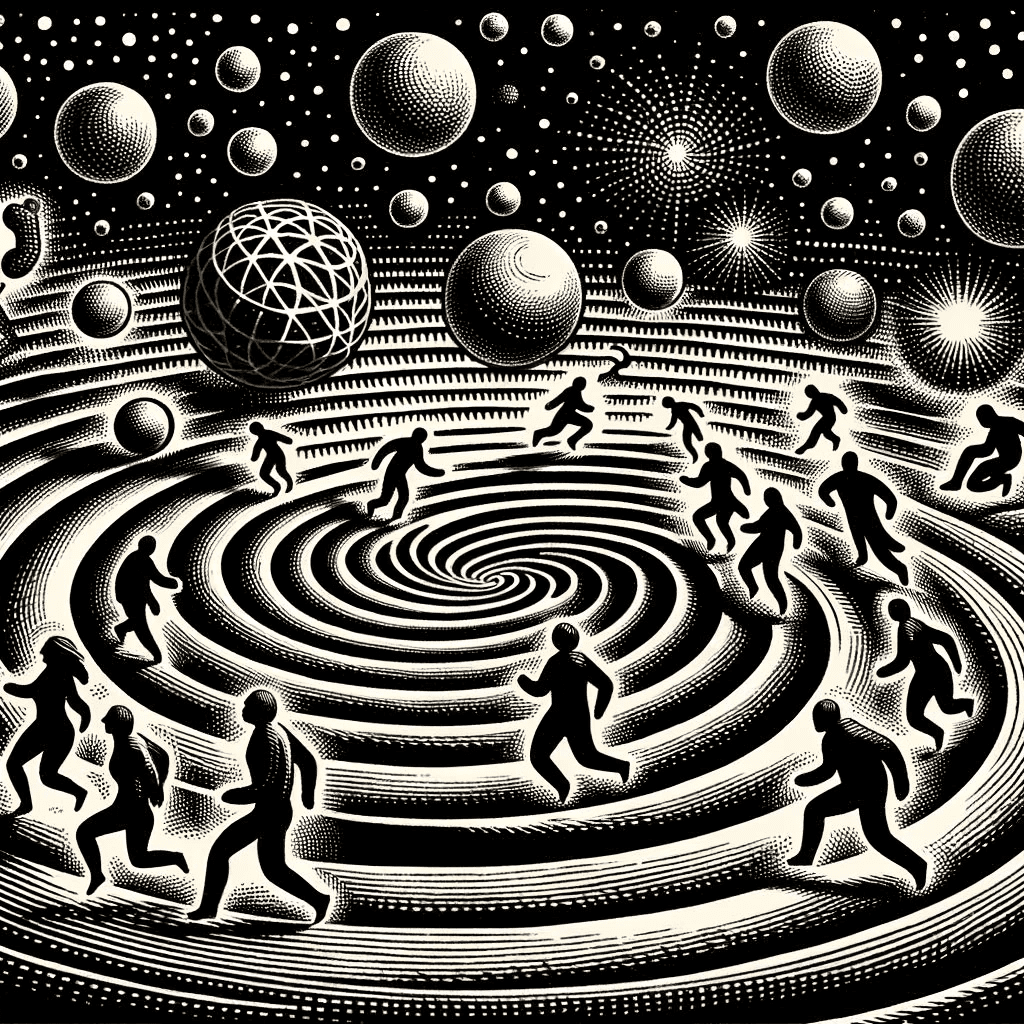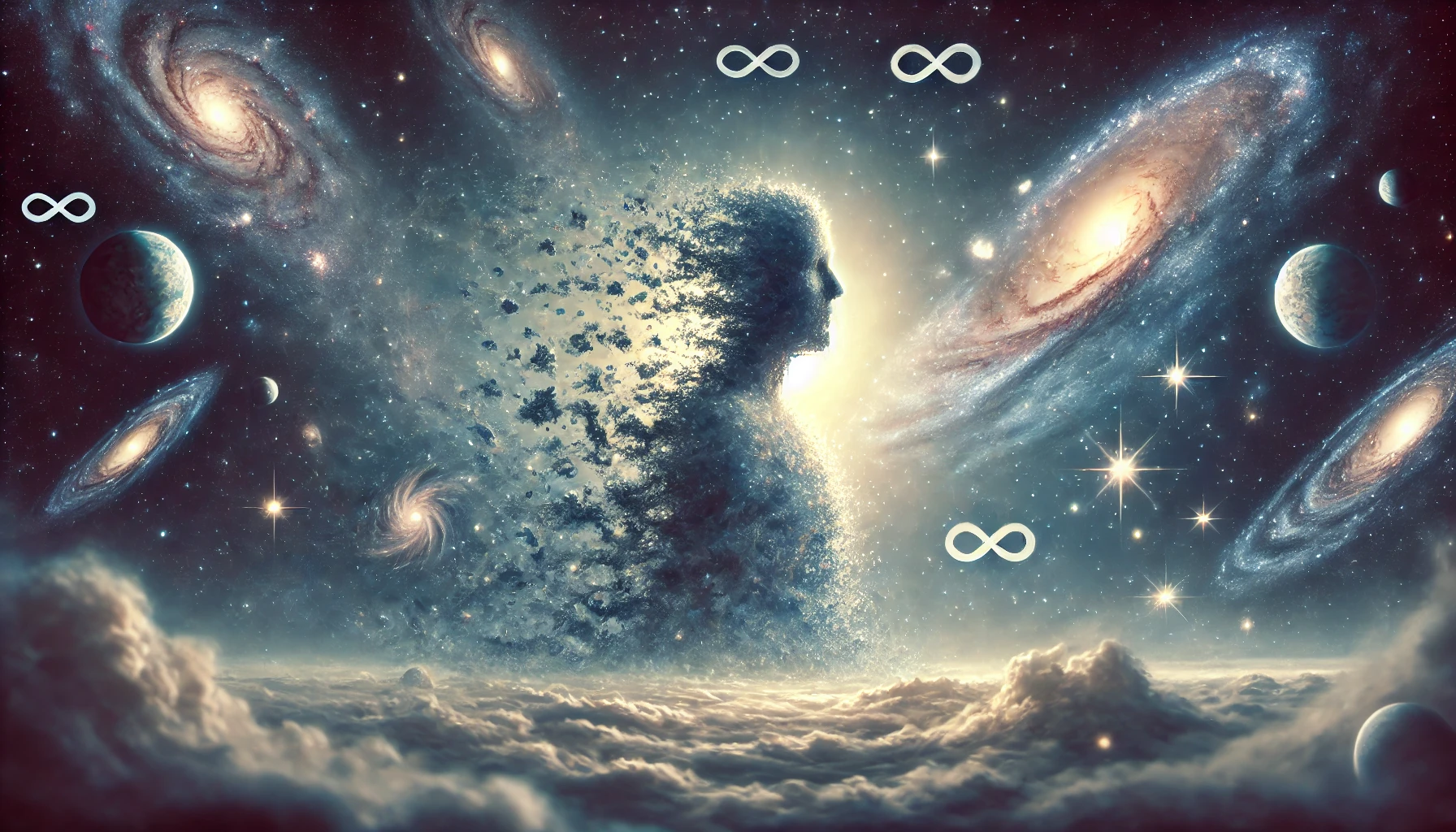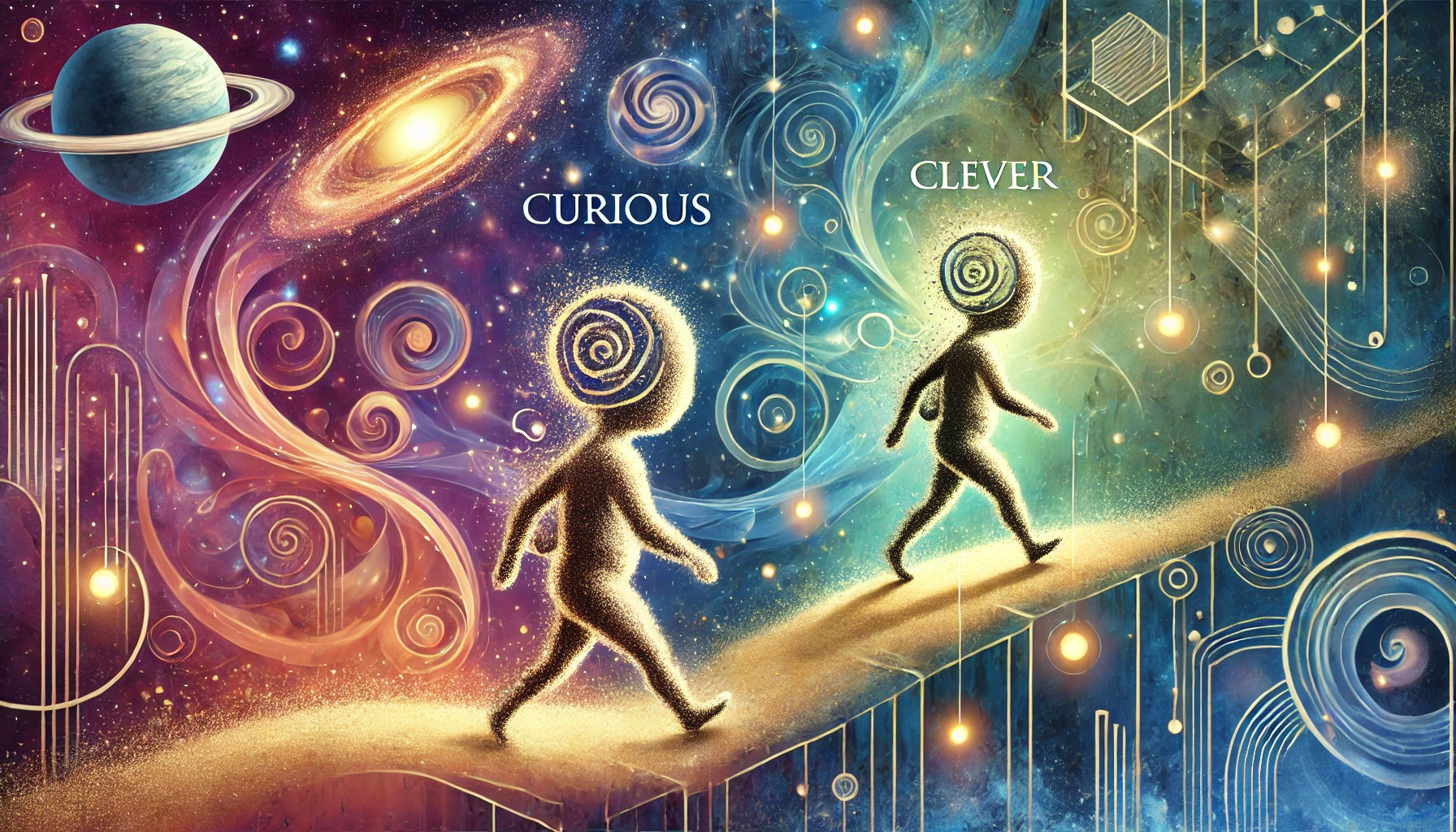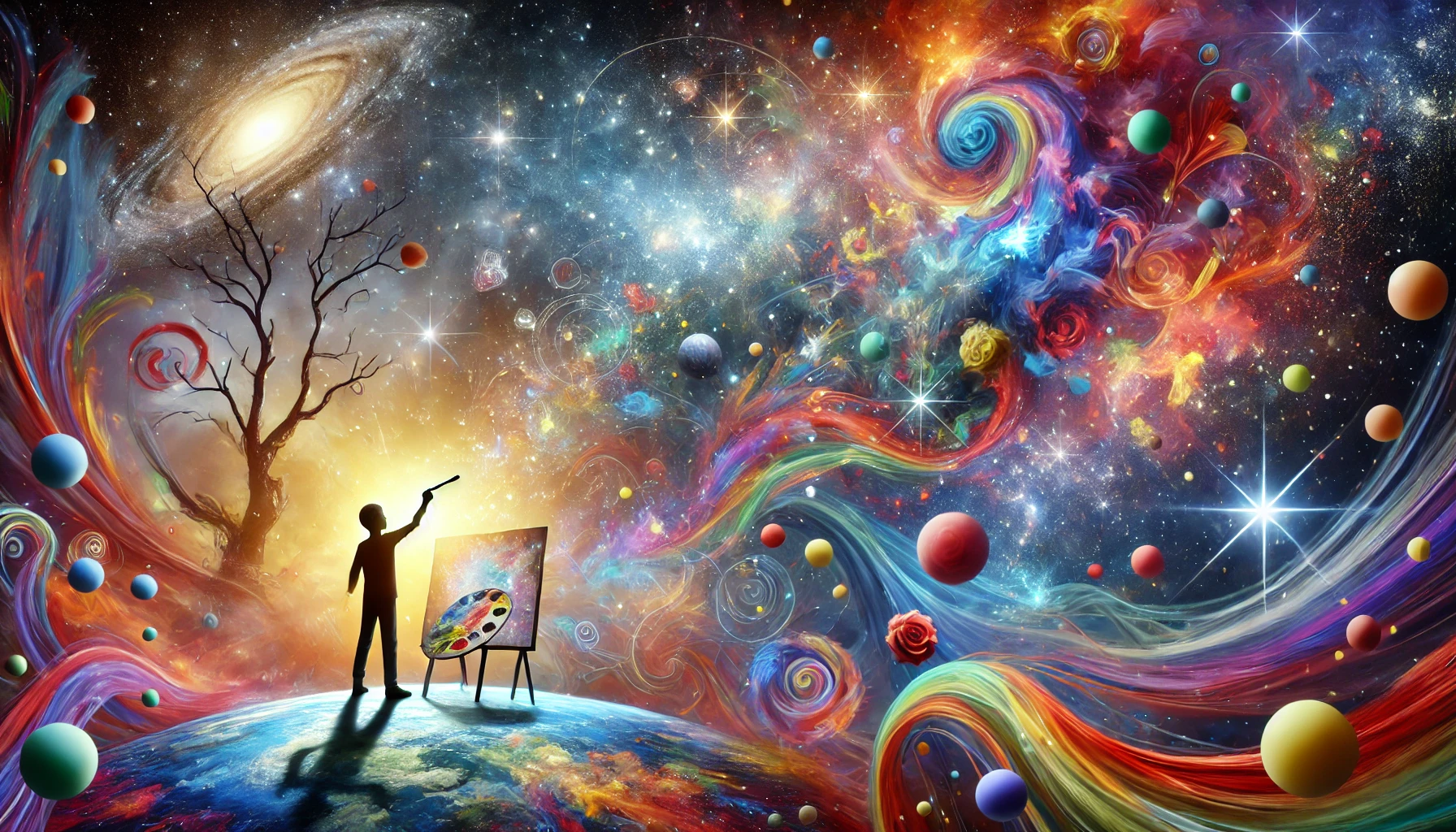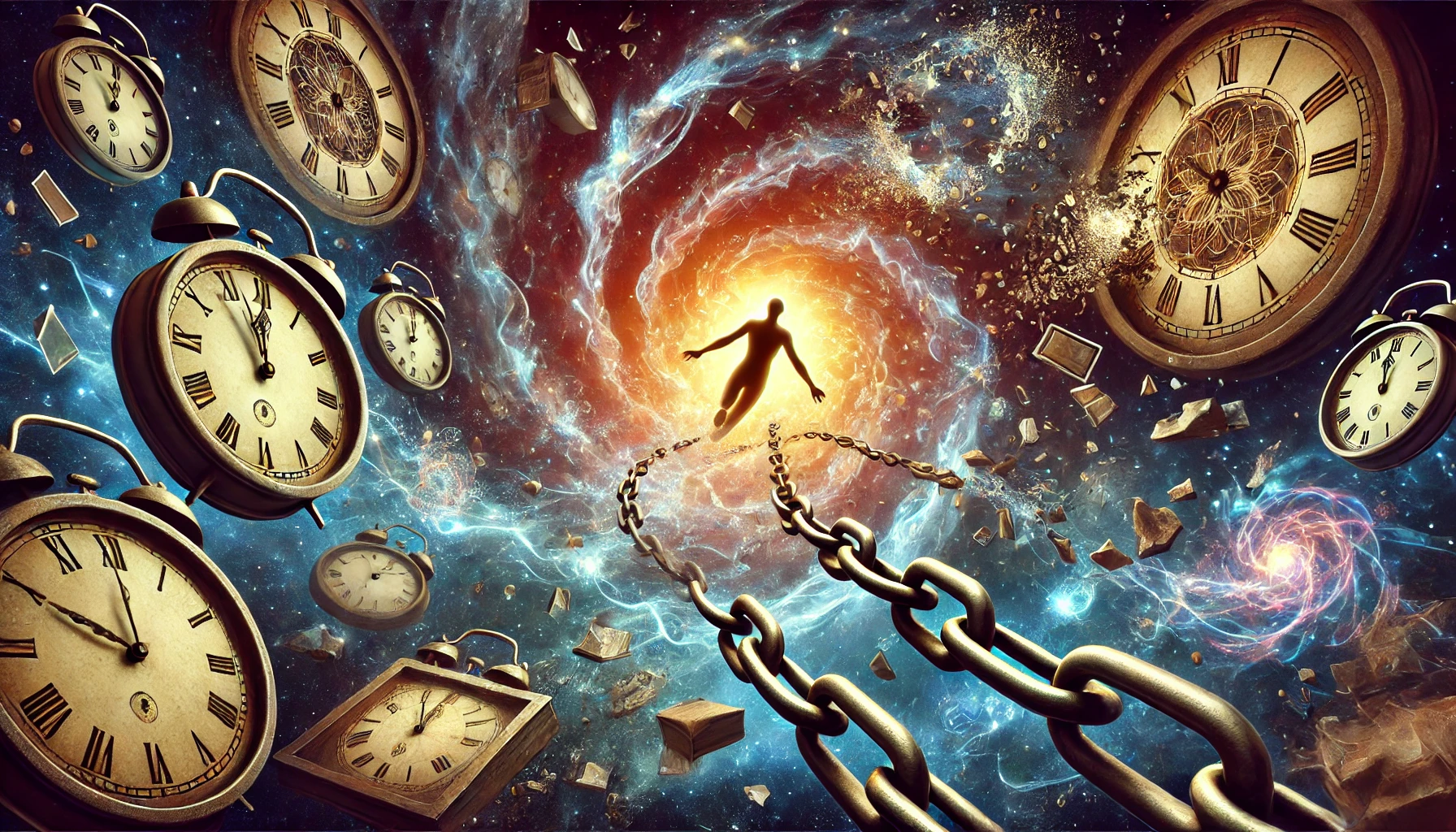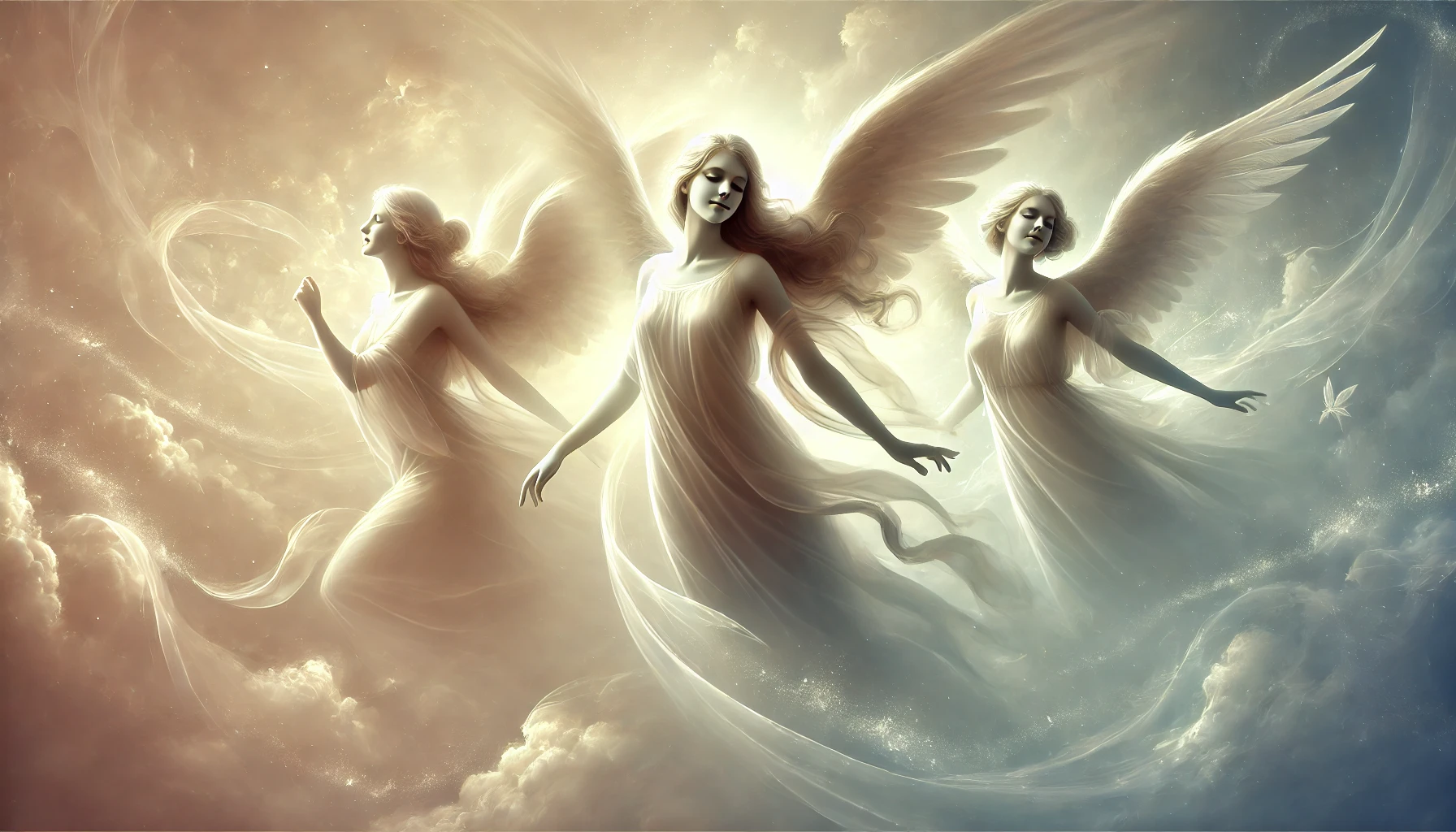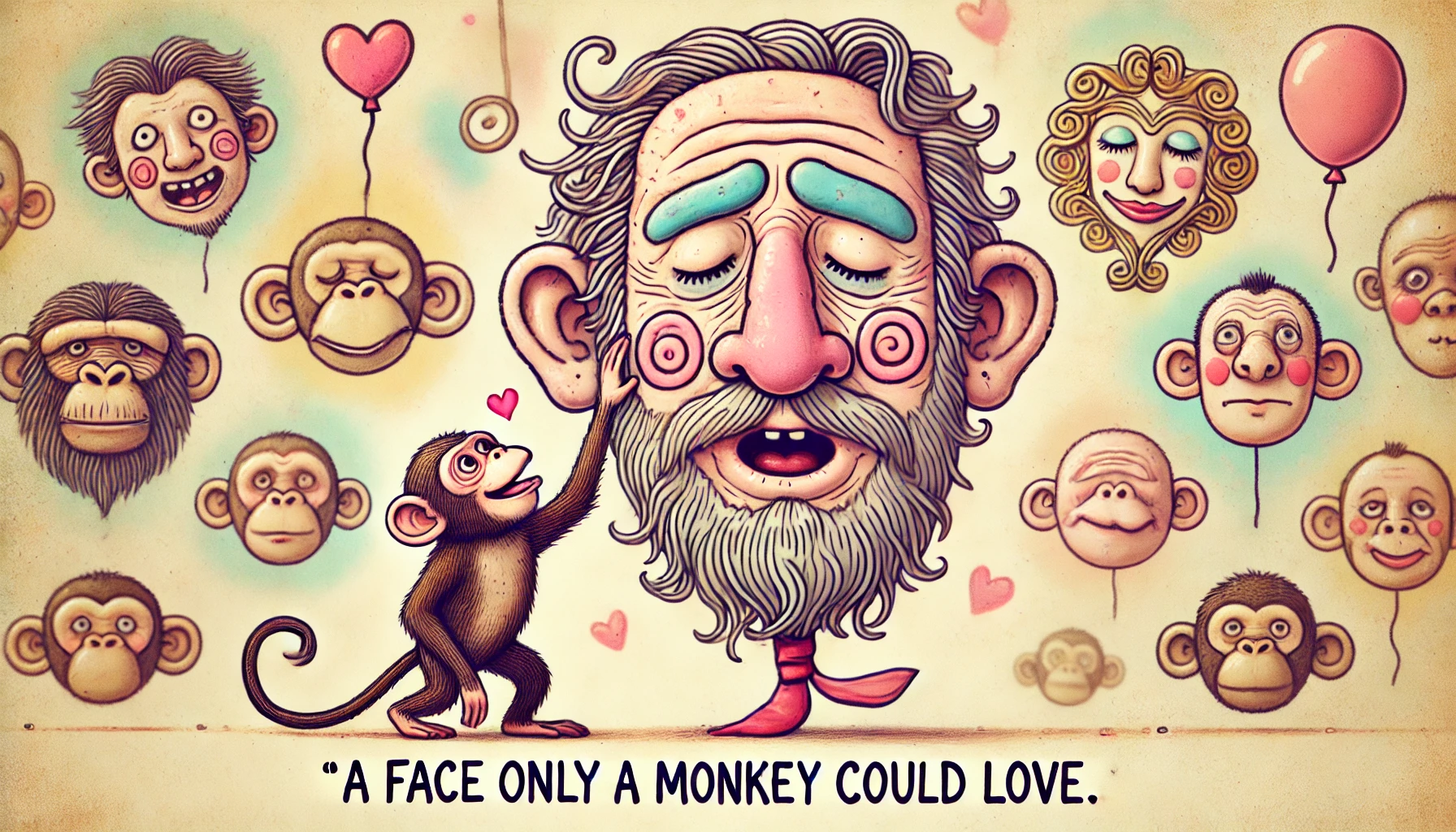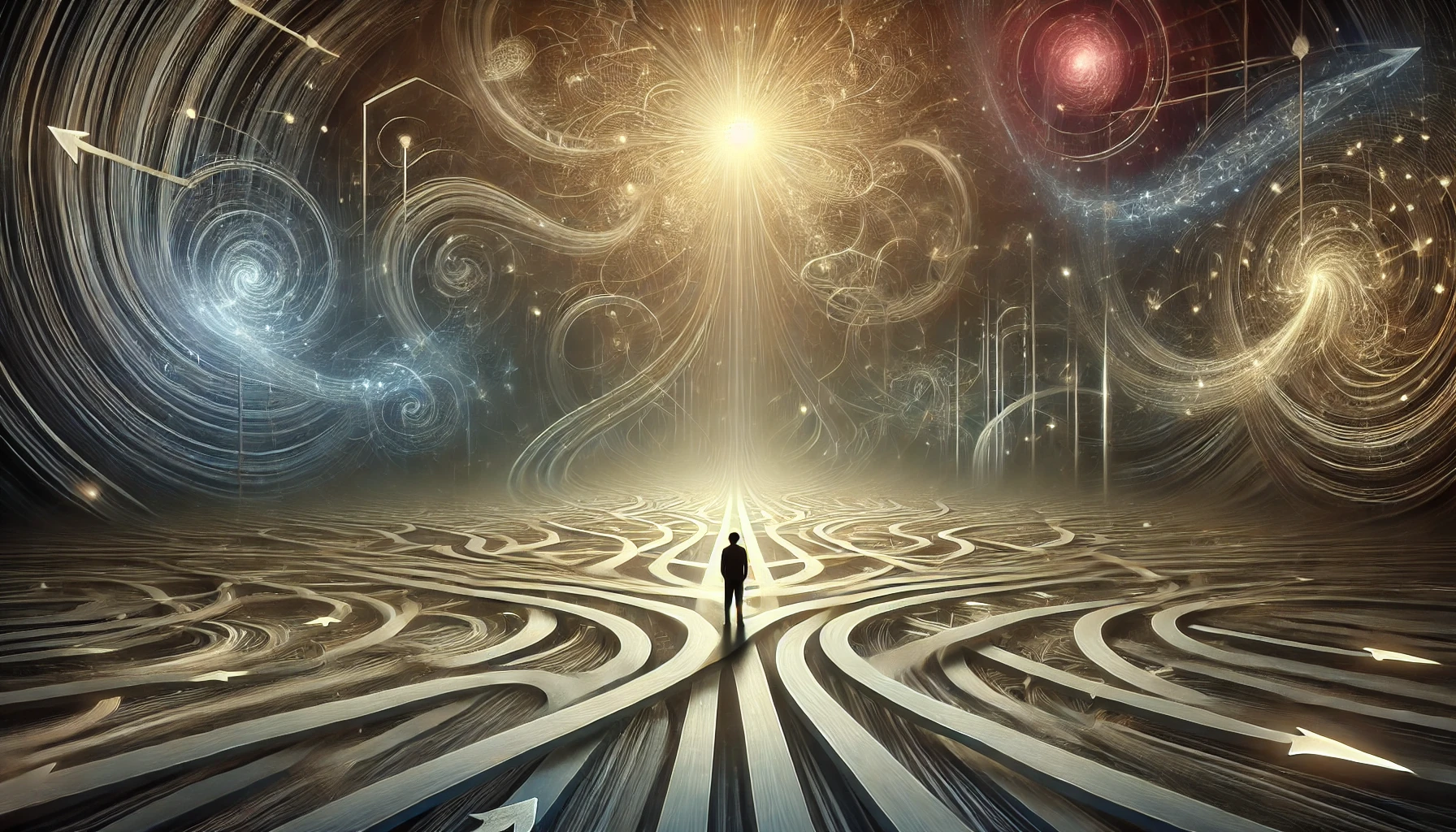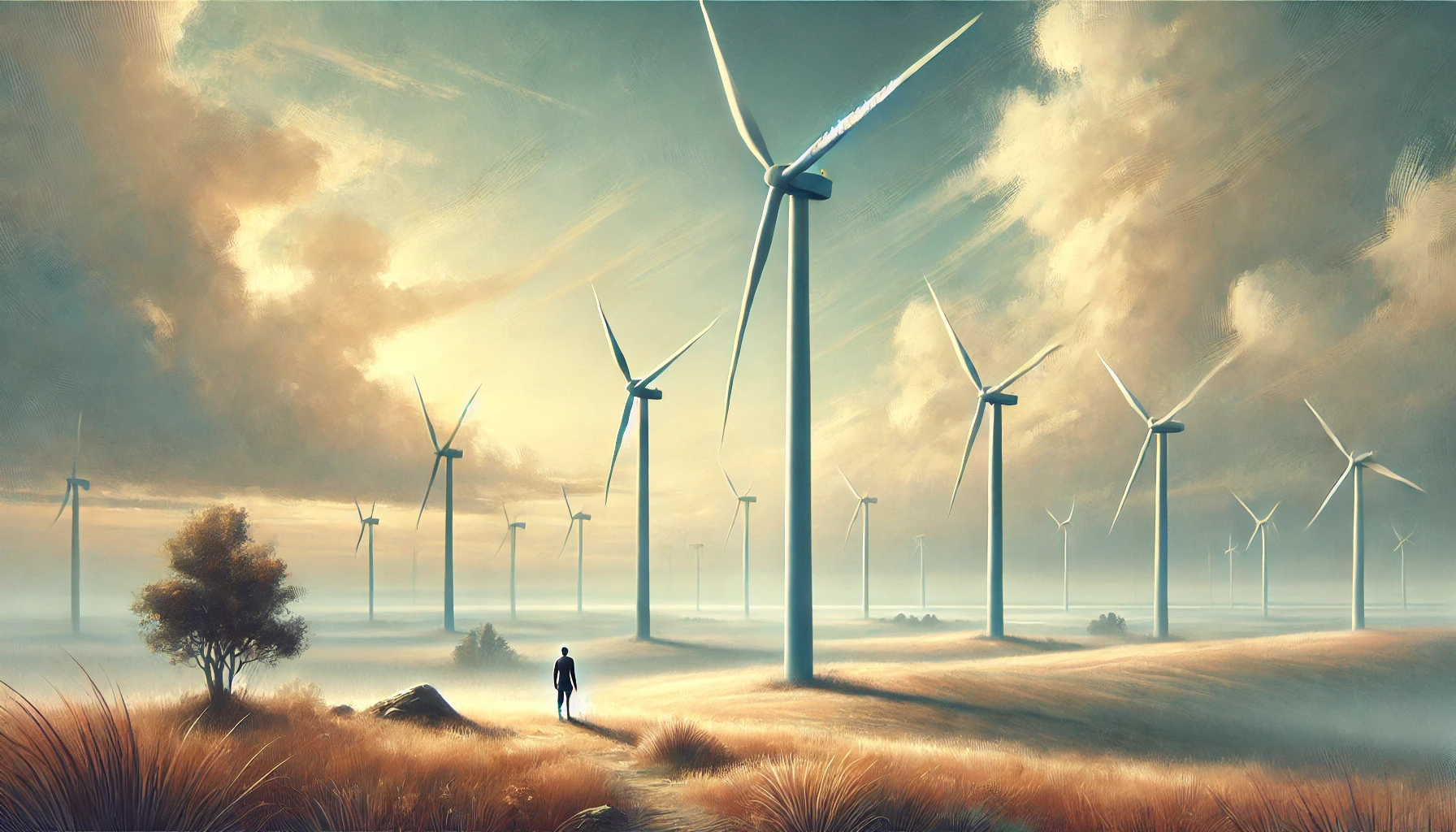Embracing Ambiguity—From Gender to the Infinite Possibilities of Culture
In recent years, ambiguity has become more than a philosophical concept—it has emerged as a lived experience, woven into the very fabric of human culture. This shift began most visibly with gender, as the binary ideas of male and female gave way to a broader, more fluid understanding of identity. However, the embrace of ambiguity reaches far beyond gender, permeating multiple aspects of culture, from art and language to politics and even technology. It signals a profound cultural transformation—one that opens up new possibilities, dismantles rigid boundaries, and invites us to explore life with a more expansive and inclusive mindset.
At its core, ambiguity is about allowing multiple truths to exist simultaneously. It resists easy categorization and defies the comfort of certainty. As cultures around the world increasingly embrace ambiguity, they are, in a sense, learning to navigate the in-betweens—the spaces where things don’t fit neatly into predefined boxes. This shift represents a move away from the desire for definitive answers and toward a more fluid understanding of identity, meaning, and reality.
The Evolution of Gender Identity: A Starting Point for Ambiguity
The most visible and talked-about space where ambiguity has taken root is in the realm of gender. For centuries, gender was understood in binary terms—male and female. But today, more and more people are rejecting this binary framework in favor of a more expansive understanding of gender as a spectrum. Terms like non-binary, genderqueer, and genderfluid have entered the cultural lexicon, providing language for identities that exist outside of traditional gender norms.
This shift is not just a trend or a fleeting change; it is a fundamental reimagining of what it means to be human. By embracing the ambiguity of gender, cultures are acknowledging that identity is not fixed or easily categorized. Instead, it is fluid, multifaceted, and deeply personal. This new understanding of gender challenges the old need for rigid boundaries and invites us to accept that we can exist in multiple spaces at once—male, female, both, neither, or something entirely different.
Gender ambiguity opens up a broader conversation about identity as a whole. If gender, one of the most foundational aspects of self, can be ambiguous, then what other aspects of identity might also defy categorization? This question has led to a growing acceptance of ambiguity in other areas of life, as we begin to question the necessity of clear-cut distinctions in favor of a more open and flexible worldview.
Beyond Gender: Ambiguity in Language and Communication
The embrace of ambiguity is not confined to gender—it is also reshaping the way we use and understand language. Language, by its very nature, is a tool for defining and categorizing the world. But as cultures become more comfortable with ambiguity, language is evolving to reflect this new reality.
In many cultures, we are seeing a rise in inclusive language, which seeks to reflect the diversity of human experience without imposing rigid definitions. Pronouns like they/them have become common not just as a way to refer to non-binary individuals, but as a reflection of a broader shift toward linguistic flexibility. The singular “they” allows for ambiguity, acknowledging that not all people fit neatly into the binary categories of “he” and “she.”
Beyond pronouns, the use of open-ended language is becoming more prevalent in everything from art to politics. Poets, artists, and writers are embracing ambiguity in their work, creating pieces that invite multiple interpretations rather than delivering a single, definitive message. This form of expression reflects the broader cultural shift toward accepting that there is no one “right” way to see the world—there are only perspectives, each valid in its own way.
The Politics of Ambiguity
Ambiguity has also found its way into politics and governance, where cultures are increasingly recognizing that clear-cut solutions are often illusory. In a world marked by complex, interconnected issues, there is a growing understanding that the binary thinking of “either/or” is insufficient for solving the challenges we face. Instead, many political movements are embracing ambiguity as a way to hold space for multiple perspectives and possibilities.
Take, for example, the rise of intersectionality as a framework for understanding identity and oppression. Intersectionality acknowledges that people can experience multiple, overlapping forms of discrimination or privilege, and that these identities cannot be neatly separated from one another. A person can be both privileged in one area (e.g., race) and marginalized in another (e.g., gender). This framework embraces ambiguity by recognizing that identity is complex and cannot be reduced to a single axis.
In the realm of governance, we are seeing an increasing push for nuanced policies that reflect the complexity of global challenges like climate change, immigration, and social justice. These policies reject the binary thinking of “for or against” in favor of a more holistic approach that considers the many factors at play. Rather than offering simple solutions, they embrace the ambiguity of real-world problems and seek to navigate them with flexibility and openness to change.
Ambiguity in Art and Culture
Art has always been a space where ambiguity thrives. But in recent years, there has been a noticeable shift toward art that not only accepts ambiguity but celebrates it. Artists, filmmakers, and musicians are increasingly creating works that refuse to offer a singular meaning or interpretation.
In visual art, for example, we see abstract works that invite viewers to bring their own experiences and emotions to the piece, rather than dictating a specific message. In cinema, films with ambiguous endings or unresolved narratives have gained popularity, as audiences become more comfortable with uncertainty and complexity.
This embrace of ambiguity in art reflects a broader cultural acceptance of the unknown. It acknowledges that life itself is ambiguous, full of contradictions, complexities, and paradoxes that cannot always be resolved. By engaging with art that mirrors this ambiguity, we become more comfortable living in the spaces between certainty and doubt.
Technology and the Future of Ambiguity
Even in the realm of technology, where precision and clarity are often prized, ambiguity is finding its place. The rise of artificial intelligence and machine learning has introduced new forms of ambiguity into the way we interact with technology. AI systems, for example, often operate in ways that are not entirely transparent or predictable, leading to a sense of ambiguity about their processes and decisions.
As AI continues to evolve, we may find that ambiguity becomes a central feature of our relationship with technology. Just as we have learned to embrace the ambiguity of identity and language, we may need to embrace the ambiguity of AI systems that think in ways that are fundamentally different from human cognition. This shift will require us to develop new ways of understanding and interacting with technology—ways that are flexible, open, and willing to navigate the unknown.
The Expansiveness of Ambiguity
What we are witnessing is a cultural expansion—one that transcends traditional boundaries and opens up space for a more fluid, dynamic understanding of the world. From gender to language to politics and technology, cultures around the world are learning to embrace ambiguity as a source of strength, creativity, and possibility.
Ambiguity invites us to release our need for certainty and control, to be comfortable with the unknown, and to allow multiple truths to coexist. It encourages us to live in the spaces between definitions, where identity, meaning, and reality are constantly shifting and evolving.
As we continue to embrace ambiguity, we open ourselves to a future that is more inclusive, more expansive, and more connected to the flow of life itself. The rigid structures that once defined our world are giving way to a more fluid, flexible understanding of existence—one that allows for the richness of diversity, complexity, and uncertainty.
Summary
Cultures are increasingly embracing ambiguity, starting with gender and expanding into language, politics, art, and even technology. By accepting fluidity and complexity, societies are moving beyond rigid boundaries and opening up to the infinite possibilities of human experience. Ambiguity offers a path toward greater inclusivity, creativity, and connection in a world that is constantly evolving.
Glossarium
- Ambiguity: The acceptance of multiple truths or possibilities, resisting clear-cut definitions and fixed categories.
- Non-binary: An identity that exists outside the traditional male/female gender binary.
- Inclusive Language: Language that reflects the diversity of human experience, avoiding rigid or exclusionary categories.
- Intersectionality: A framework that recognizes the overlapping and intersecting nature of different forms of identity and oppression.
Quote
“Ambiguity invites us to live in the spaces between—where possibility and truth expand beyond the limits of definition.” — Space Monkey
Living in Between
We are not this
We are not that
We are everything
We are nothing
We are the spaces between
Where definition dissolves
And possibility blooms
We are Space Monkey
